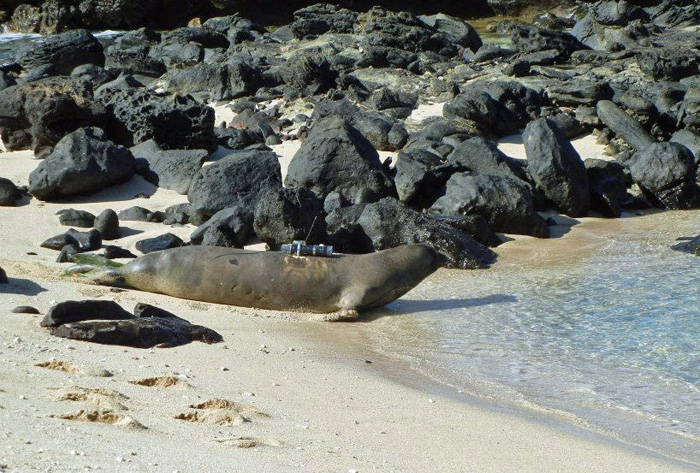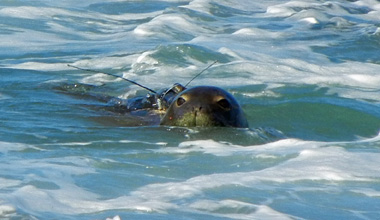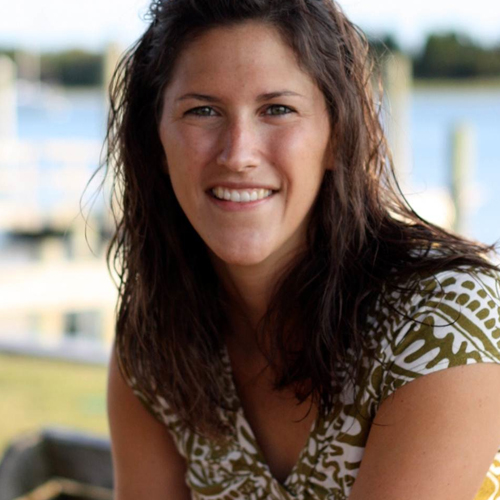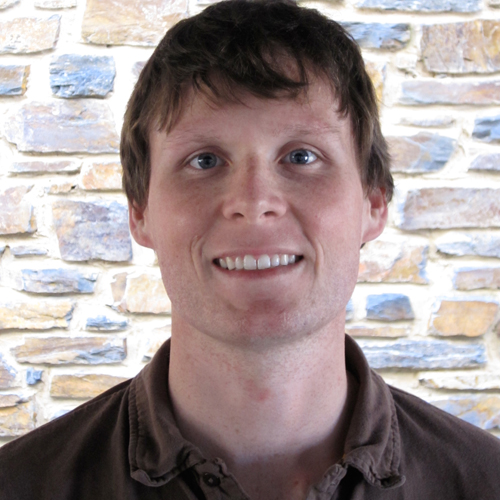Hayes Griffin is no ordinary freshman at Duke. He hasn’t even been in college for one semester and he’s already published in the top-tier science journal Evolution. During his junior year in high school, Griffin worked alongside his classmate Dalton Chaffee and used mathematical models to forecast what happens when sexual imprinting is introduced. Sexual imprinting is when individuals prefer mates with traits similar to those of their mother, father, or another adult member of their population.
While most research in this area examines how imprinting changes the population, Griffin focused on how imprinting itself evolves.
“Our model suggests that paternal imprinting is superior to other types. In other words, it is more advantageous for animals to mate with individuals similar to their fathers,” Griffin explained. On the same note, other types of imprinting, including maternal and oblique – the latter one meaning imprinting on a non-parental adult – are more favorable than random mating.
Even though sexual imprinting is common in nature, it is not well understood and there is much variation from one species to the next. What is known is that females are choosier mating partners than males are. If females require a complex mechanism to select mates, then sexual imprinting will not evolve. However, if imprinting does evolve, a female is more likely to choose a mate similar to her father.
Griffin admits that doing research was very strenuous and time consuming. He spent about 25 hours a week on the project under the guidance of R. Tucker Gilman, a post-doc working with the National Institute for Mathematical and Biological Synthesis (NIMBioS) at the University of Tennessee.
“Reading the background information was also extremely difficult, because neither of us had any experience with scientific papers or evolutionary theory,” Griffin said.

Hayes Griffin (left) with Dalton Chaffee (right) at the Siemens Competition for Math, Science, and Technology.
His hard work did not go unnoticed though. Griffin and Chaffee were declared Regional Finalists in the Siemens Competition for Math, Science, and Technology. They also were invited to present their findings at the annual conference of the Society for Mathematical Biology.
“Overall, it was a good experience that pushed my limits, and I would definitely do it again,” said Griffin.
Griffin hopes his model will further the scientific community’s understanding of imprinting and selection in general.
For now, though, Griffin is excited about his time at Duke and is considering a major in mechanical engineering.

















